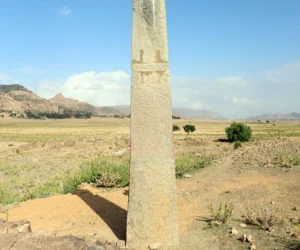Hawulti: The Ancient Obelisk of Matara, Eritrea In the historical town of Matara, Eritrea, stands the Hawulti, a pre-Aksumite obelisk of great significance. This monument bears the oldest known example of the ancient Ge’ez script, making it a valuable piece of Eritrea’s rich cultural heritage. Description of Hawulti The Hawulti obelisk rises to a height…
Obelisks
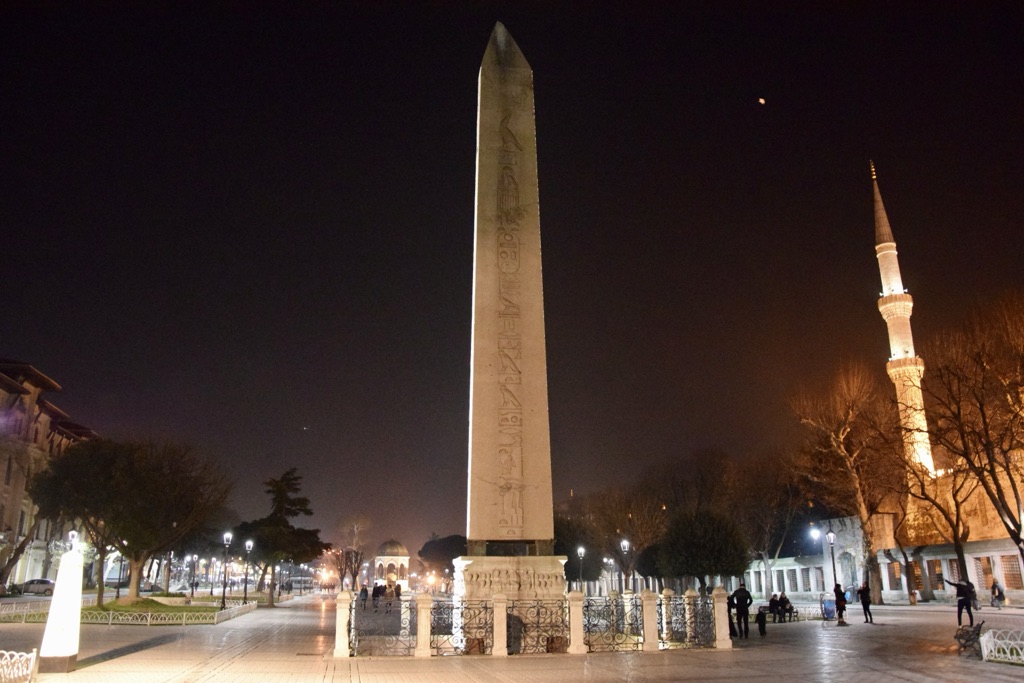
Obelisks are tall, slender stone pillars that were originally created by the ancient Egyptians. They were often erected to honor the gods or mark significant events, and many were later transported to cities around the world.
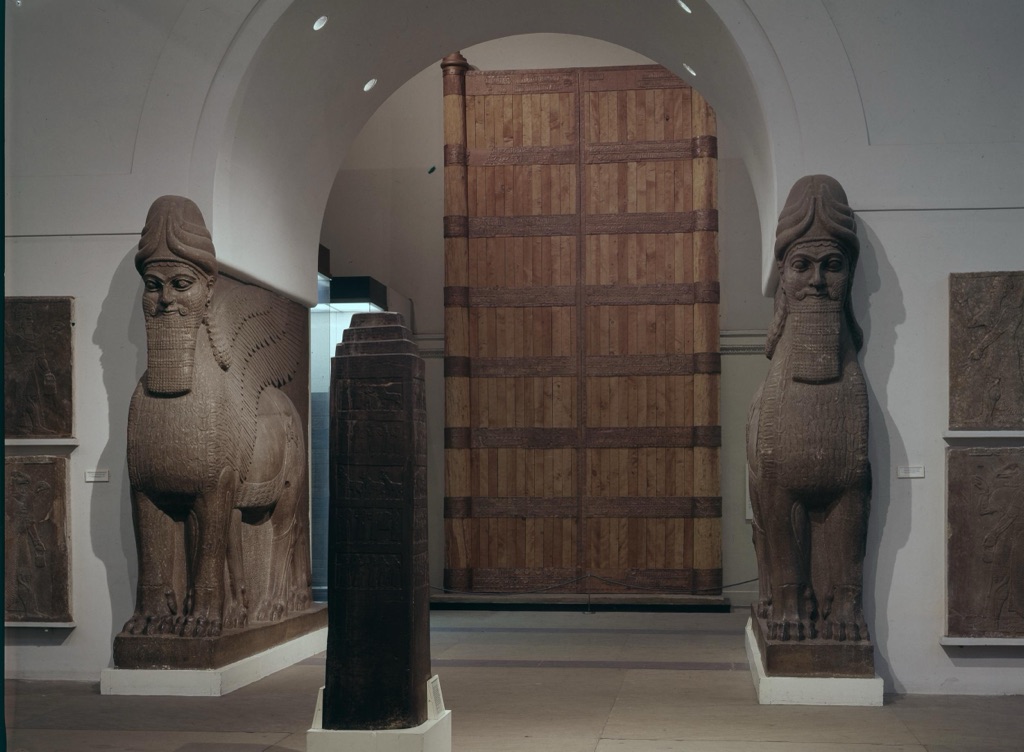
Black Obelisk of Shalmaneser III
The Black Obelisk of Shalmaneser III is a significant artifact from ancient Mesopotamia. It is a black limestone Assyrian sculpture with reliefs that depict the military campaigns and tribute bearers of King Shalmaneser III. This piece stands as a testament to the Assyrian king’s power and the empire’s interactions with neighboring regions. The obelisk contains detailed inscriptions and is one of the most complete Assyrian reliefs, providing valuable insights into the political and social dynamics of the 9th century BC.
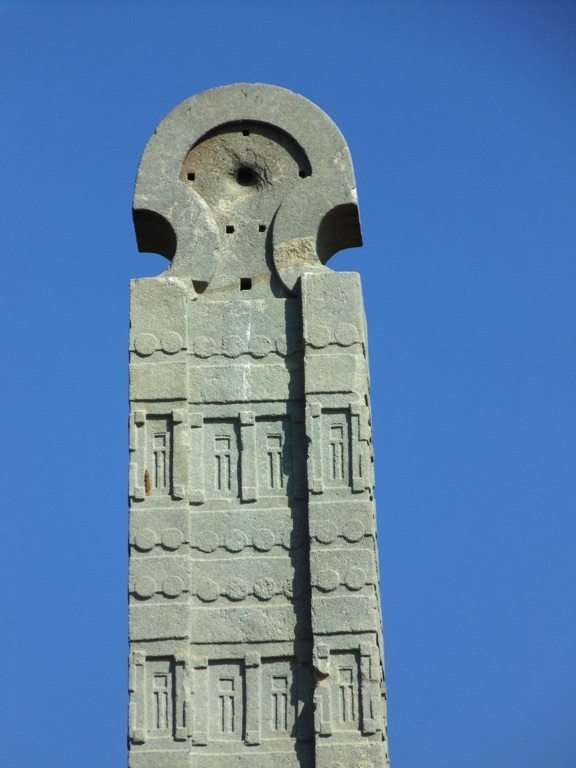
The Obelisk of Axum
The Obelisk of Axum stands as a testament to the engineering prowess of an ancient civilization. This towering monument, etched with intricate designs, dominates the skyline of Axum, Ethiopia. It serves as a symbol of the rich history of the Axumite Empire, which thrived in the region from around 100 AD to 940 AD. The obelisk’s construction from a single piece of granite showcases the Axumites’ sophisticated understanding of stone carving and structural stability. As a relic from the past, it draws countless visitors each year, eager to witness its grandeur and the mysterious history that it represents.
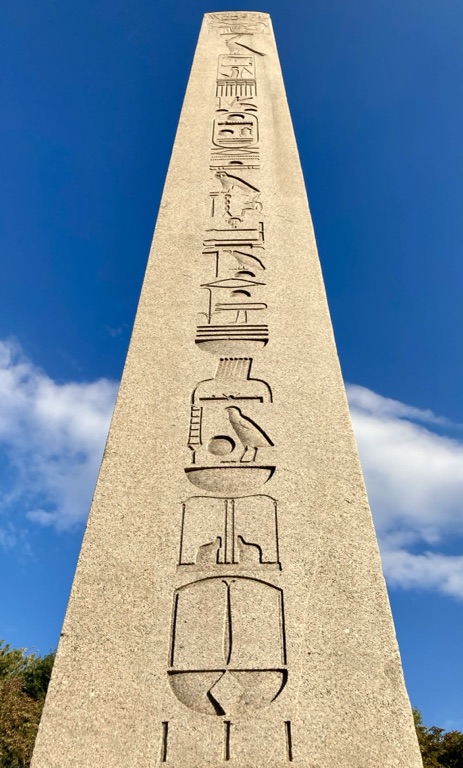
Obelisk of Theodosius
The Obelisk of Theodosius is a remarkable monument that stands in the Hippodrome of Constantinople, now known as Istanbul. Originally erected in Egypt during the reign of Pharaoh Thutmose III, it was later transported to Constantinople by the Roman Emperor Theodosius I in the 4th century AD. The obelisk is an iconic symbol of ancient Egyptian civilization and its later adoption by the Roman Empire, making it a fascinating subject of historical and architectural study.
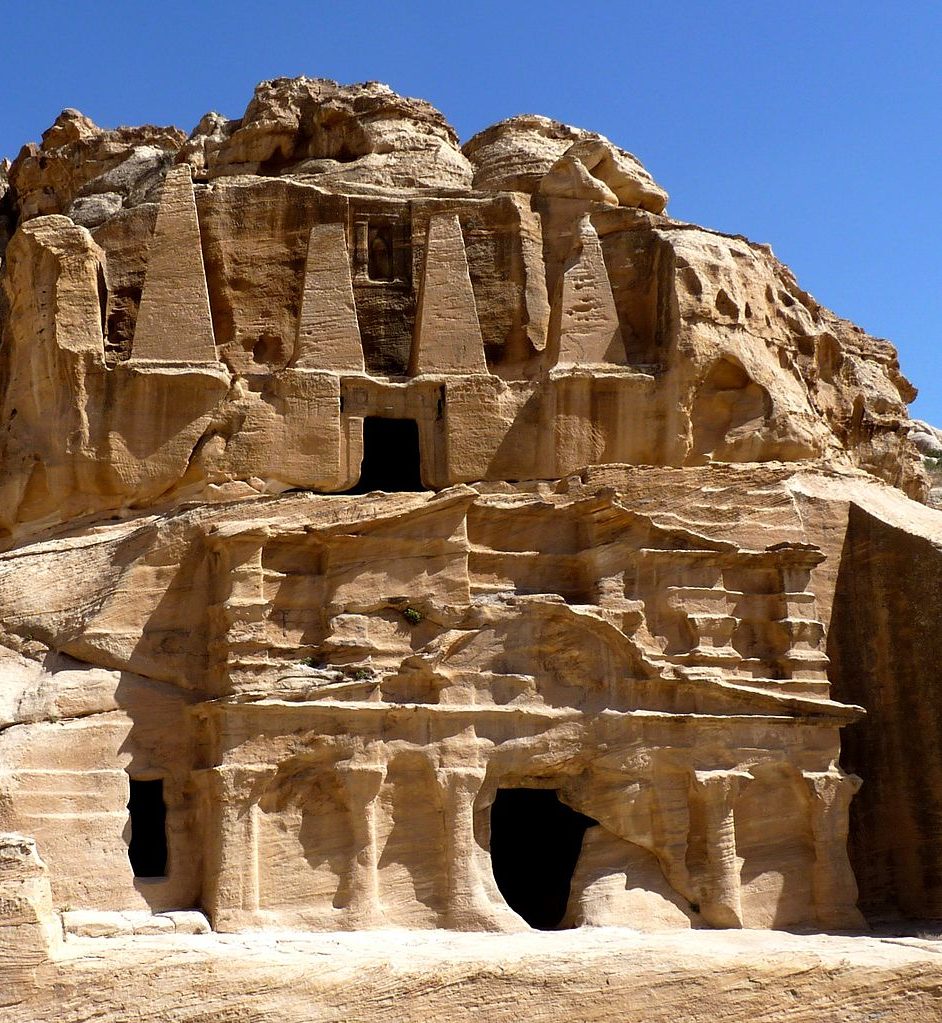
The Obelisk Tomb at Petra
The Obelisk Tomb at Petra stands as an enduring testament to Nabataean craftsmanship and cultural grandeur. Erected more than two millennia ago, this remarkable structure combines a grand tomb beneath four soaring obelisks, signifying a unique blend of native traditions with external Hellenistic influences. This tomb complex not only marks the resting place of the Nabataean elite but also showcases their sophisticated stonemasonry skills, as they ingeniously carved the entire monument out of the rose-colored sandstone cliffs. Its façade, damaged by time yet striking in beauty, continues to capture the imaginations of historians and travelers alike, offering a window into the ancient world of Petra.
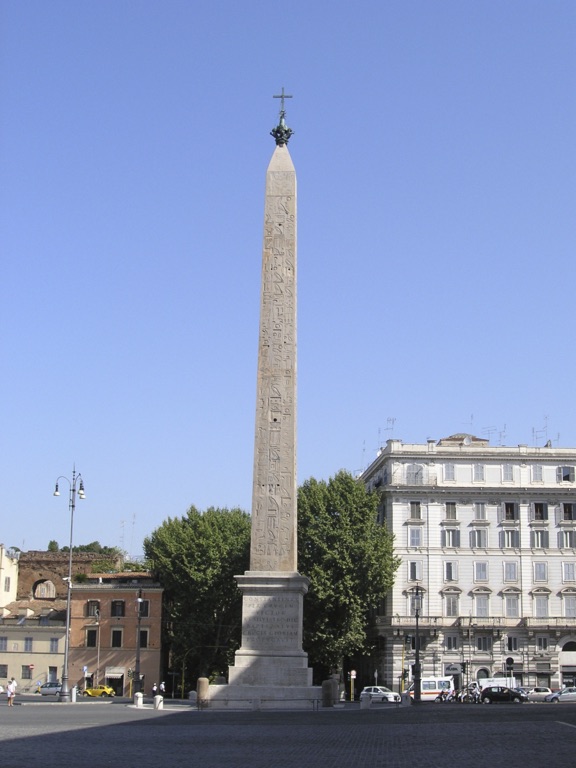
Lateran Obelisk
The Lateran Obelisk is a monumental structure with a rich history that dates back to the ancient Egyptian civilization. Originally erected by Pharaoh Thutmose III in the 15th century BC, it is the largest standing ancient Egyptian obelisk in the world, and it has also been the longest standing. The obelisk was moved to Rome in the 4th century AD by the Roman Emperor Constantius II, and it has stood in the Piazza San Giovanni in Laterano since then. This monolithic structure, with its inscriptions and symbols, provides a fascinating glimpse into the past, revealing insights about the era and culture in which it was created.

